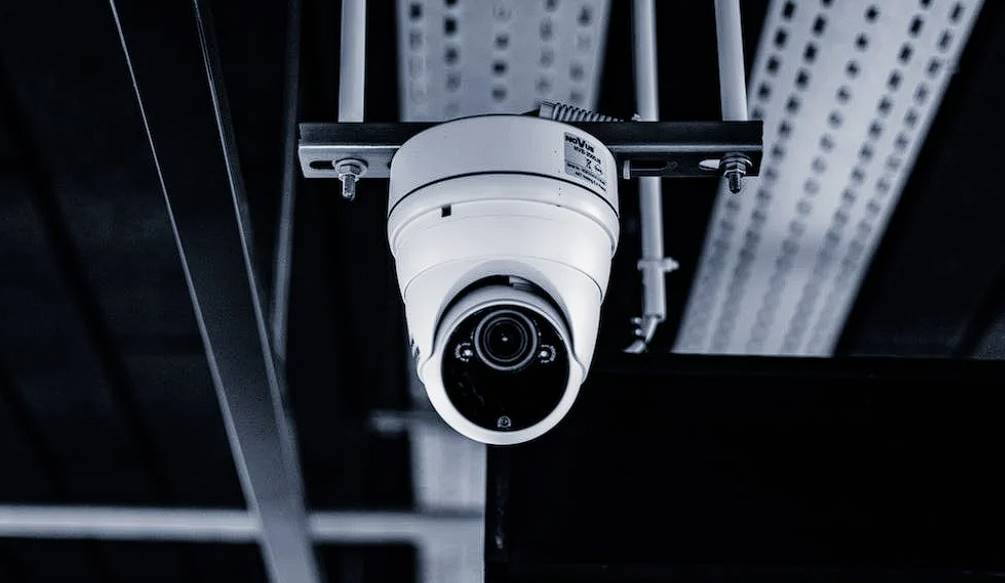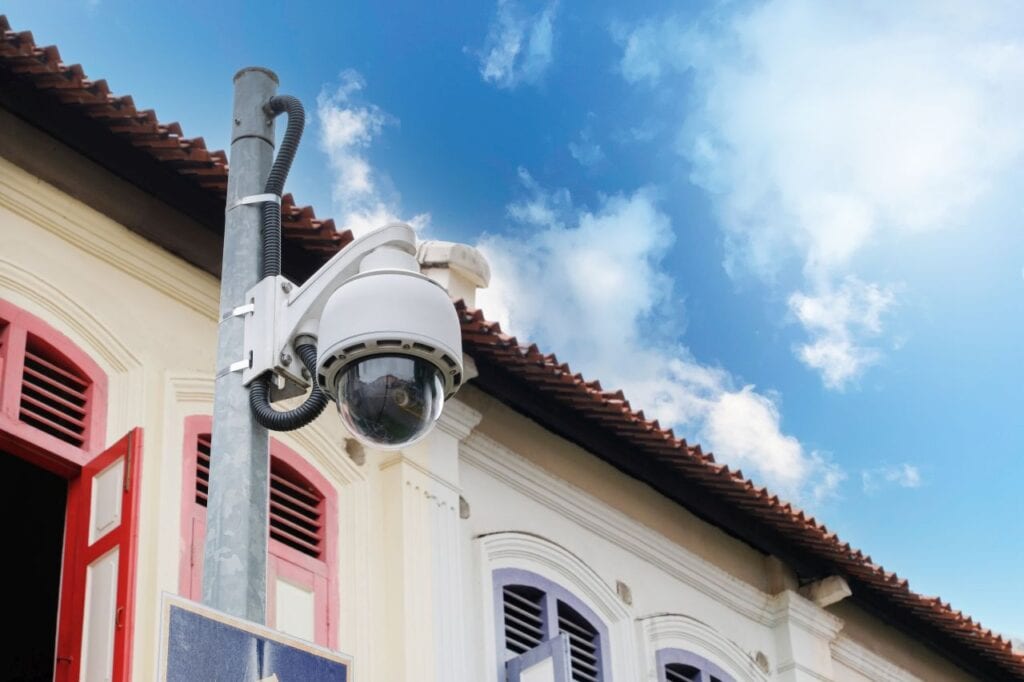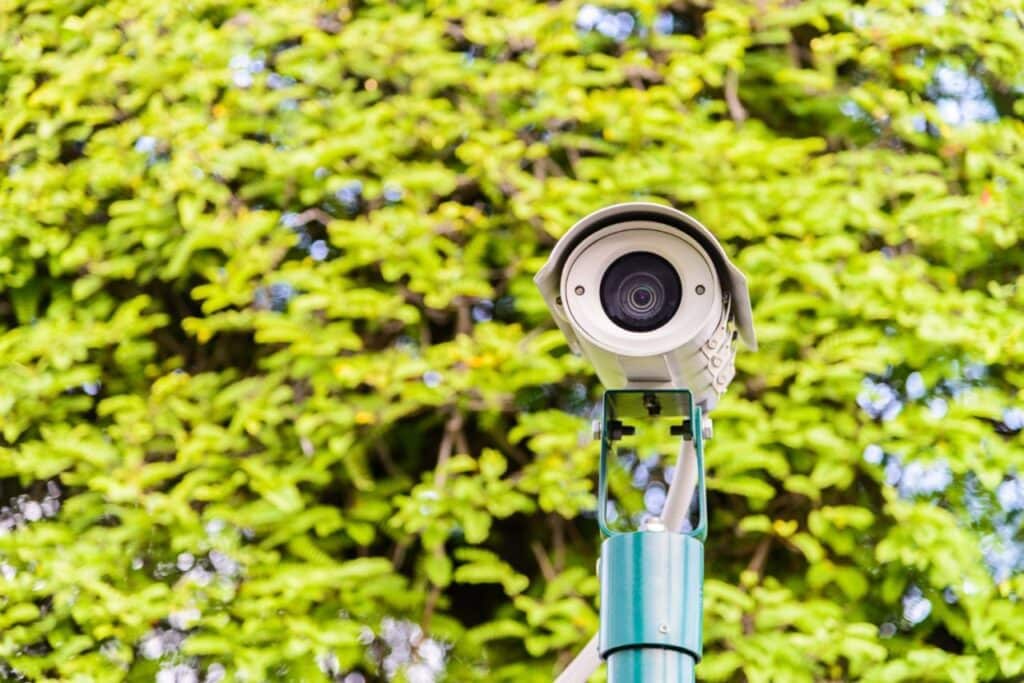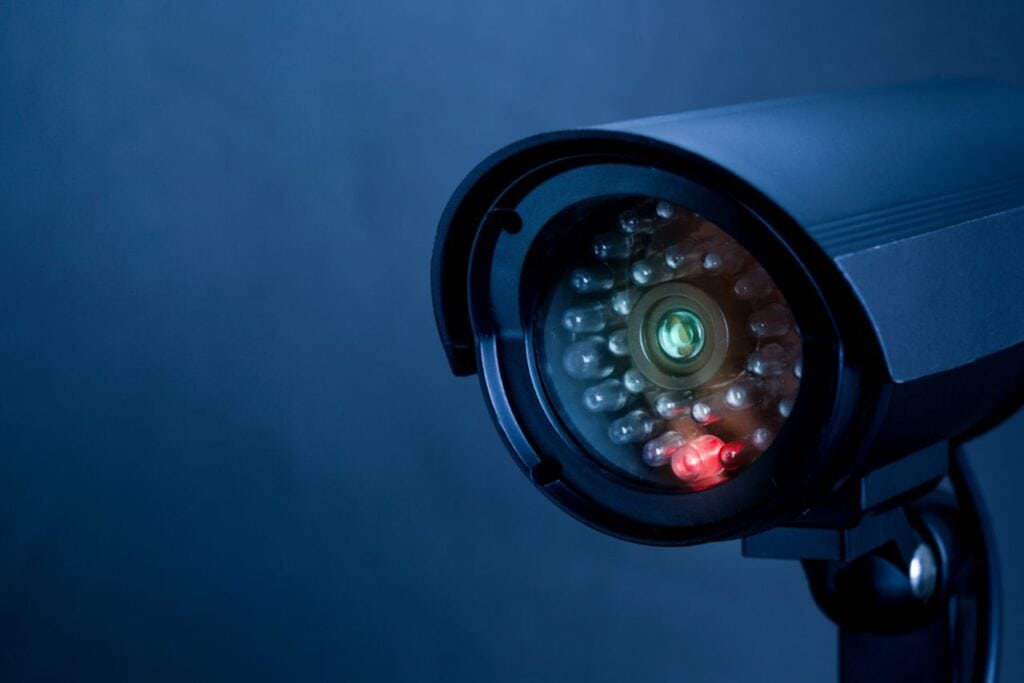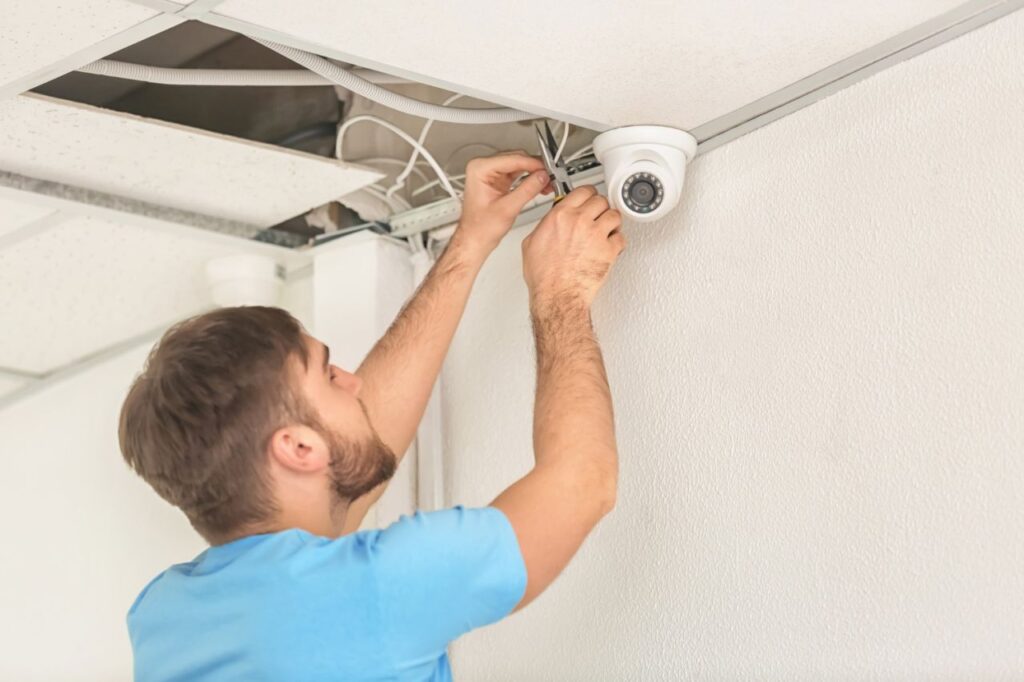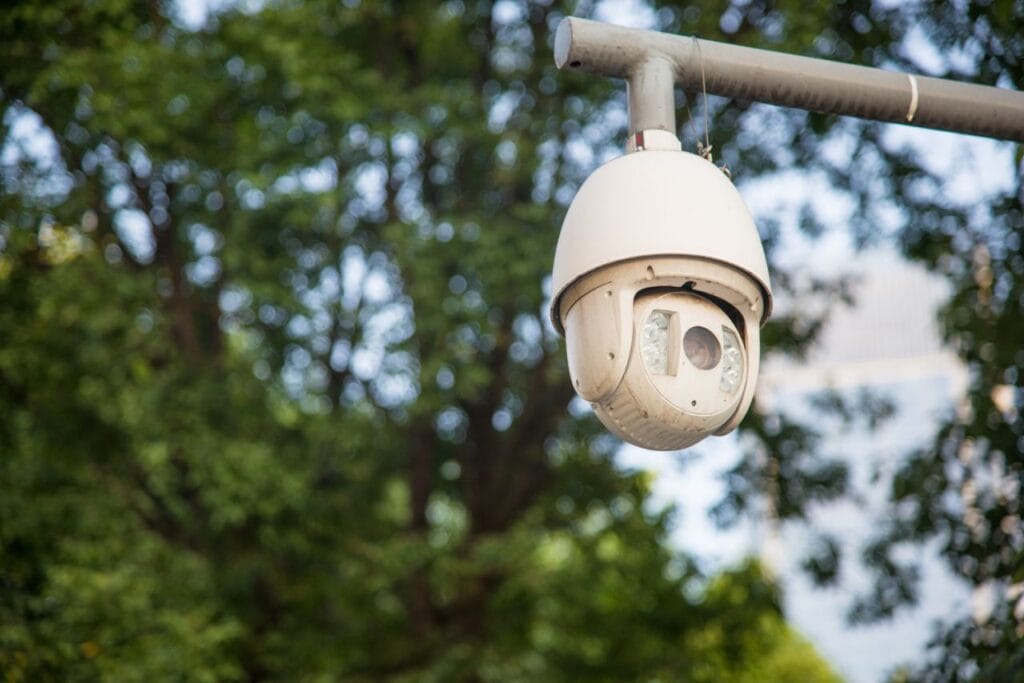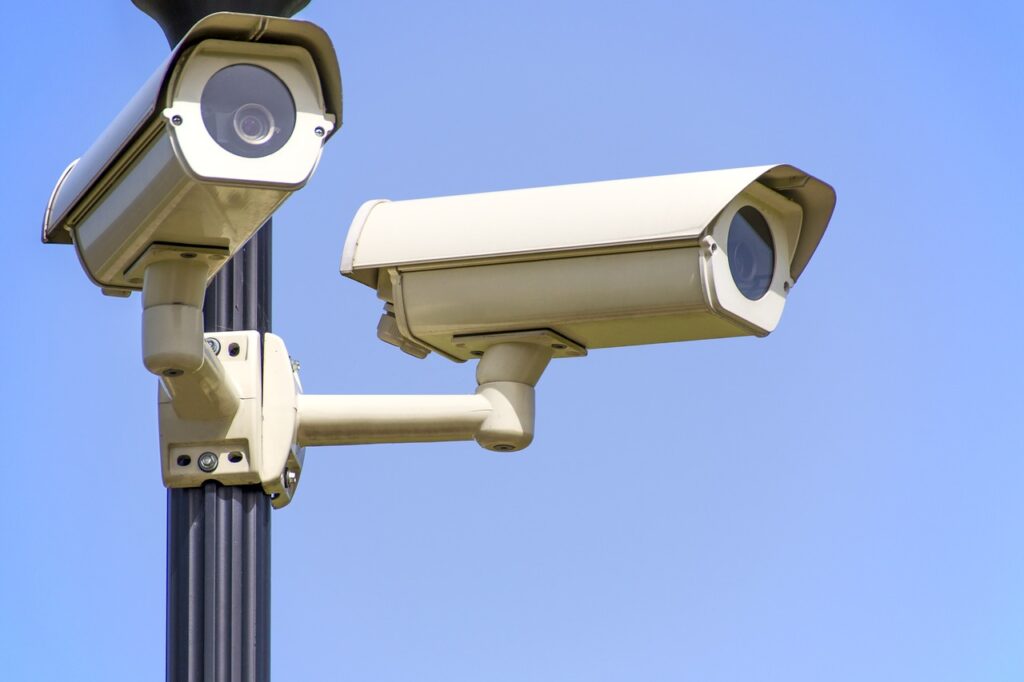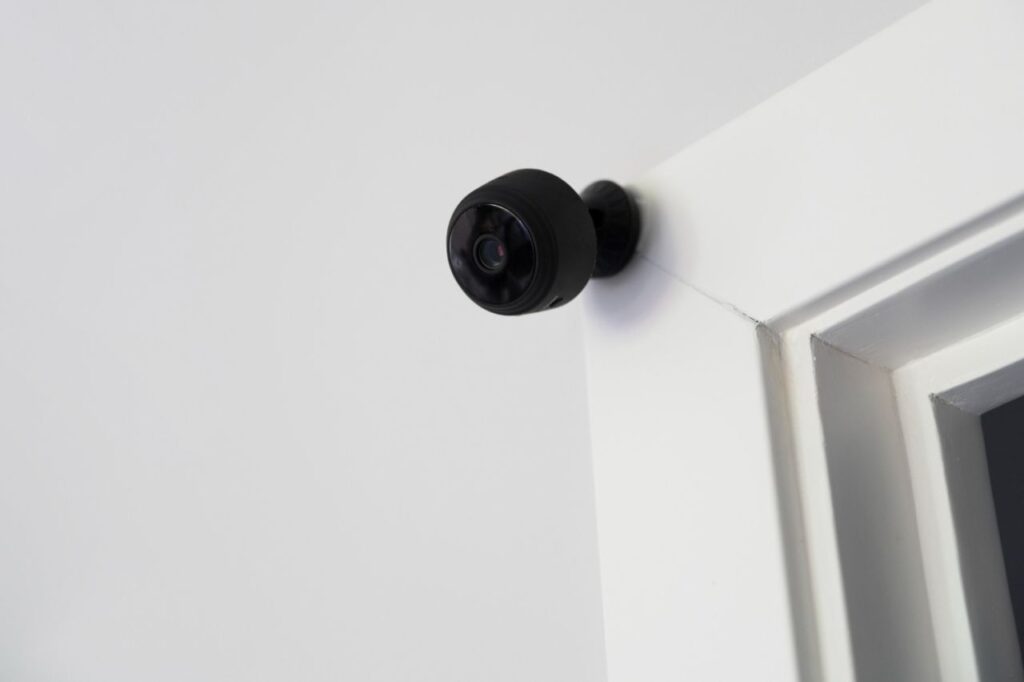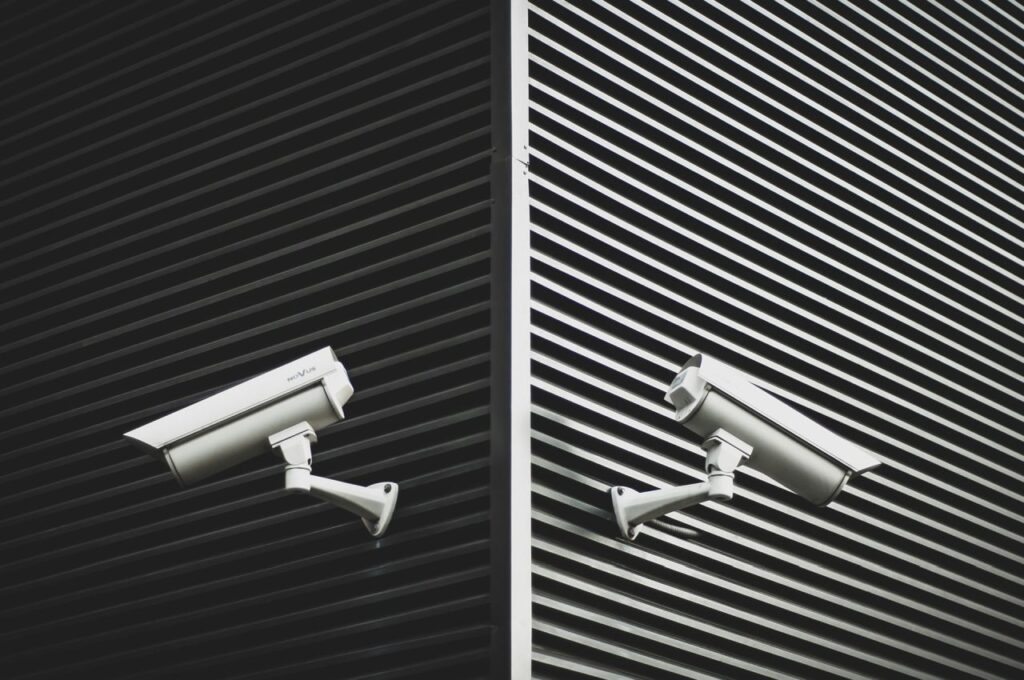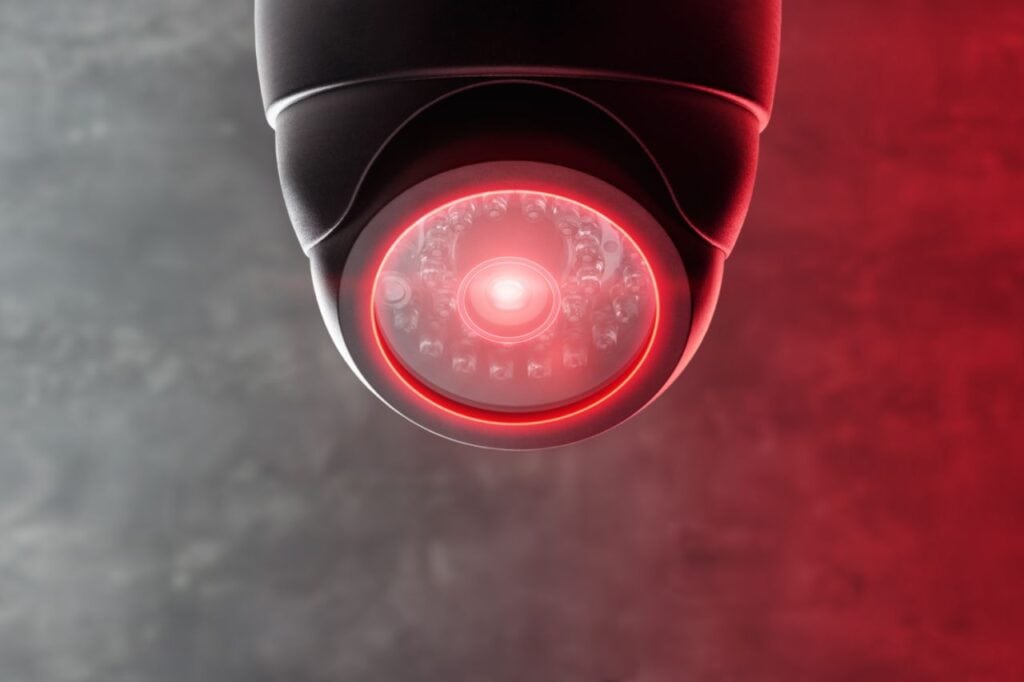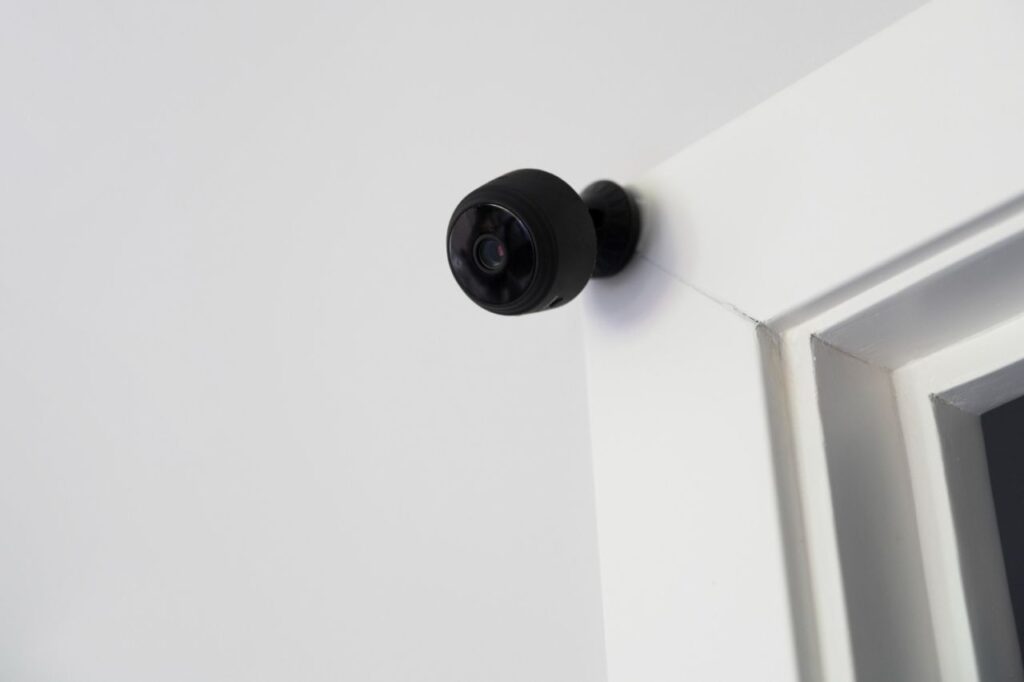There is a wide variety of surveillance cameras to choose from. Pan-tilt-zoom (PTZ) cameras have become increasingly commonplace in recent years. Because of its many useful features and capabilities, PTZ cameras are the best choice for several kinds of surveillance systems. In this article, we'll discuss why and when to use pan-tilt-zoom (PTZ) cameras in your surveillance setup. To help you get the most out of your PTZ camera purchase, we'll also go over some of the things to think about before making your final decision. This article will provide useful insights on the benefits of employing PTZ cameras for surveillance purposes, whether you're a company owner trying to improve security or a homeowner looking to secure your property.
What are PTZ Cameras?
Pan-tilt-zoom (PTZ) cameras include mechanical parts that allow them to pan left and right, tilt up and down, and zoom in and out of a scene. To keep an eye on expansive open areas that need a 180- or 360-degree view, these cameras are usually placed in guard stations where active staff can operate them via a remote camera controller. Depending on the camera or the programme, they can also be set to automatically monitor motion-activated events or to operate on a set timetable. PTZ cameras employ a more comprehensive surveillance system to follow moving targets, while fixed cameras capture detailed images.

What are the Different Kinds of PTZ Cameras?
PTZ IP Camera
Power over Ethernet (PoE) and Wi-Fi (Wi-Fi) can both be used to set up PTZ IP cameras. The Wireless PTZ Camera WiFi is an advancement on conventional pan-tilt-zoom cameras. Wireless PTZ cameras can be set up without physically connecting any cables to the network. Still, the use of electricity is essential. To avoid delays and poor video quality, a stable WiFi connection is also advised.
PTZ PoE Camera
A Power over Ethernet (PoE) camera gets its power and network connectivity from an Ethernet cable that is connected to a PoE switch. Its range is typically substantially greater than that of Wi-Fi.
PTZ Analog Camera
Security footage is recorded by PTZ analogue (CCTV) cameras utilising an analogue video signal and connected to DVRs via coaxial cables. Most analogue PTZ security cameras require a DVR in order to encode, compress, and store video data for transmission and monitoring purposes.
Wireless PTZ Camera
In cases where running video lines would be too complicated, wireless PTZ cameras are a viable alternative. Transmitter sets are sometimes used to convert analogue signals, however WiFi is quickly replacing them. Wireless PTZ cameras are commonly used for outdoor long-range monitoring applications when installing cabling would be impractical or too costly.
Outdoor PTZ Camera
Outdoor PTZ cameras should be able to withstand more extreme weather and temperature changes. They typically have an IP rating indicating acceptable protection from the elements and a waterproof casing.
PTZ Security Camera Benefits and Drawbacks
Although the PTZ camera has been idealised in Hollywood films, there are pros and cons to using a camera that can pan, tilt, and zoom. The following details will help you make a well-informed purchase decision with regards to capability, cost, use case, and more.
PTZ Camera Benefits and Features
- Motion-Based Auto Tracking: The auto-tracking function of PTZ cameras allows them to automatically adjust their field of view to follow a moving target. The ideal conditions for this function's typical application are quiet, traffic-free areas.
- Time-Based Auto Scan: Auto-tours can be programmed into PTZ cameras, allowing them to move in predetermined patterns and scan specified locations. Fixed locations can be instructed to change at predetermined intervals. A PTZ camera, for example, can be programmed to pan, tilt, and zoom once each 30 seconds to record different areas of interest within the camera's overall surveillance area.
- Broad Field of View: To ensure that a whole region is being monitored, it is often recommended to employ a PTZ camera in conjunction with a stationary camera. Depending on the model, cameras may pan 360 degrees horizontally and tilt 180 degrees vertically. Some solutions also allow for digital pan and tilt to be applied to recorded video, albeit this results in video that is both grainier and poorer in resolution.
- Zoom Capabilities: In order to observe and picture faraway objects like licence plates or faces, most PTZ cameras include optical zoom capabilities. Optical zoom is defined as the ratio of the longest focal length to the shortest focusing distance.
- Remote Camera Control: Traditional PTZ cameras allow for both on-site and off-site adjustments, making them ideal for monitoring suspicious activity. Without actually visiting the site, users can remotely adjust the camera's perspective in this way.
PTZ Camera Disadvantages
- Shorter Lifespan: Because of the increased number of potentially failing moving parts, including motors for pan, tilt, and zoom, PTZ cameras are not as reliable as their fixed-camera counterparts. Due to their frequent breakdowns, these cameras have a higher lifetime cost than their initial outlay would suggest.
- Blind spots: PTZ cameras frequently misorient themselves, especially when set to "auto" or "home." A camera can be set to automatically pan to the next pre-set regardless of what is happening in the scene. Having a guard watch the camera is preferable, however mistakes can be made and blind spots can occur if the controller is left in the wrong position.
- Limited View: The inability of PTZ cameras to record scenes in which the camera isn't correctly aimed is a major limitation that can lead to unresolved gaps in coverage. Cameras can pan, tilt, and zoom to cover large regions, however they can't do all three at once. Things could go wrong, and trespassers might move out of the field of view (FOV) of the camera without being spotted.
- Expensive: More coverage can often be achieved for less money by using many fixed cameras, such as fisheye cameras, rather than a single PTZ camera. For instance, a 4K fisheye camera placed in the same location as a PTZ camera can provide the same field of view and the same digital zoom on high-resolution film, but without the hazards involved with manual movement.
- Sensitivity to Latency: A common issue with PTZ cameras is high command latency. The time it takes for the field of view (FOV) to update on the screen when a camera operator issues a command to change the FOV is known as the "command latency." Keep take mind that high latency can cause PTZ controls to fail and change gears on occasion.
- Risk of Malfunction: Mechanical and legal complications could arise from improperly installed PTZ cameras. Technically speaking, inclement weather can negatively impact the performance of cameras if they aren't correctly installed. If a PTZ camera's field of view includes any portion of private land, the installation and the owner could be in for some severe legal trouble.
When Should You Use PTZ Cameras for Surveillance?
Due to its adaptability and high-tech characteristics, pan-tilt-zoom (PTZ) cameras are quickly gaining favour in the surveillance industry. The ability to remotely pan, tilt, and zoom is a key feature of PTZ cameras, which allow users to zero in on specific regions of interest. PTZ cameras have a wide variety of applications, including the following:
Large properties
PTZ cameras are a useful tool for maintaining security in big areas such as warehouses, parking lots, and university campuses. PTZ cameras can cover more ground than stationary ones, and their variable focal lengths make it possible to zero in on specific targets whenever they're needed.
Active Areas
PTZ cameras are useful for monitoring high-traffic locations, such as a building site or an event venue. The cameras may be set to automatically follow a moving target, making it easy to keep an eye on things without having to manually reposition the camera.
Nighttime Surveillance
PTZ cameras are great for nighttime surveillance since they often have superior night vision capabilities. To record well even in total darkness, some PTZ cameras use infrared technology.
High-security areas
Banks and government buildings, among other places, can benefit greatly from the added security that PTZ cameras offer. You can keep a close eye on things and spot any security risks thanks to their zooming and focusing capabilities.
Traffic Monitoring
Road and highway traffic surveillance can benefit from the use of PTZ cameras. They can be set to automatically record the licence plate numbers of passing vehicles, facilitating the identification and tracking of offenders.
There are various variables to think about while deciding on a PTZ camera. The first step is to figure out how much of an area has to be watched, since this will help you choose a camera with an appropriate focal length and zoom. Camera features like night vision and motion detection should be thought about as well as the resolution and image quality.
If you're planning on using PTZ cameras, you should put some thought into where you'll put them so that you get the most coverage possible. The cameras should be installed in a safe place, out of the reach of vandals, and guarded against interference.
In many cases, PTZ cameras are the most efficient and adaptable solution to meeting security requirements. You may improve security and get some rest easier if you take into account your property's or building's unique requirements and choose the best PTZ camera for the task.

Expert Tips
PTZ cameras, say the experts, may be a great asset to any surveillance setup. Because of its many useful features and capabilities, PTZ cameras are ideally suited for keeping tabs on busy areas and secure facilities across a wide region.
Experts in the field of security say that PTZ cameras excel at following targets that are in motion. Because the cameras may be set to automatically track a moving target, surveillance can be maintained without the need for frequent manual repositioning.
PTZ cameras have improved image quality and zoom capabilities in addition to their innovative tracking features. This allows you to zero in on specific targets and record high-definition video, no matter how dim the lighting.
PTZ cameras with advanced features like night vision and motion detection are highly recommended by industry professionals. It's also crucial to think about where to put the cameras and to protect them from vandalism and manipulation.
Experts are in agreement that PTZ cameras are useful for increasing safety and keeping tabs on what's going on in a number of different places. You can rest easy knowing that your property or building is secure if you choose the perfect PTZ camera and put it to good use for surveillance.
Conclusion
In recent years, pan-tilt-zoom (PTZ) cameras have proliferated, and in many surveillance setups, they are the top pick. PTZ IP cameras, Wireless PTZ cameras, PTZ PoE cameras, and PTZ Analogue cameras are just a few examples of the many varieties of PTZ cameras available. While PTZ PoE cameras require an Ethernet connection attached to a PoE switch for power and network connectivity, wireless PTZ cameras can be set up without physically attaching any wires to the network. In order to transmit and watch video captured by PTZ Analogue cameras, encoding, compression, and storage are essential functions of a DVR. In situations where it would be impractical or expensive to establish video lines, wireless PTZ cameras can be used for long-range surveillance outside.
PTZ cameras are increasingly becoming the standard in the security business thanks to their versatility and cutting-edge features. Large properties, busy regions, nighttime surveillance, high-security zones, and traffic monitoring are just some of the situations where pan-tilt-zoom (PTZ) cameras may be useful. You can keep an eye on things without constantly repositioning the camera thanks to their ability to automatically track a moving object and store the licence plate information of passing vehicles. Choosing a PTZ camera involves weighing a number of factors, including the size of the area that has to be monitored, the availability of night vision and motion detection, the desired resolution and image quality, and the desired installation location. When it comes to fulfilling security needs, PTZ cameras are the most practical and flexible option.
They have a variety of helpful features and capabilities, including the ability to automatically track moving targets, enhanced image clarity and zoom, night vision, and motion detection. Placement of cameras and safeguarding them from vandalism and manipulation are both crucial considerations.
Content Summary
- There is a wide variety of surveillance cameras to choose from.
- Pan-tilt-zoom (PTZ) cameras have become increasingly commonplace in recent years.
- Because of its many useful features and capabilities, PTZ cameras are the best choice for several kinds of surveillance systems.
- PTZ IP Camera Power over Ethernet (PoE) and Wi-Fi (Wi-Fi) can both be used to set up PTZ IP cameras.
- The Wireless PTZ Camera WiFi is an advancement on conventional pan-tilt-zoom cameras.
- In cases where running video lines would be too complicated, wireless PTZ cameras are a viable alternative.
- Wireless PTZ cameras are commonly used for outdoor long-range monitoring applications when installing cabling would be impractical or too costly.
- Although the PTZ camera has been idealised in Hollywood films, there are pros and cons to using a camera that can pan, tilt, and zoom.
- The following details will help you make a well-informed purchase decision with regards to capability, cost, use case, and more.
- The auto-tracking function of PTZ cameras allows them to automatically adjust their field of view to follow a moving target.
- A PTZ camera, for example, can be programmed to pan, tilt, and zoom once each 30 seconds to record different areas of interest within the camera's overall surveillance area.
- To ensure that a whole region is being monitored, it is often recommended to employ a PTZ camera in conjunction with a stationary camera.
- Because of the increased number of potentially failing moving parts, including motors for pan, tilt, and zoom, PTZ cameras are not as reliable as their fixed-camera counterparts.
- The inability of PTZ cameras to record scenes in which the camera isn't correctly aimed is a major limitation that can lead to unresolved gaps in coverage.
- For instance, a 4K fisheye camera placed in the same location as a PTZ camera can provide the same field of view and the same digital zoom on high-resolution film, but without the hazards involved with manual movement.
- A common issue with PTZ cameras is high command latency.
- The time it takes for the field of view (FOV) to update on the screen when a camera operator issues a command to change the FOV is known as the "command latency."
- Keep in mind that high latency can cause PTZ controls to fail and change gears on occasion.
- Mechanical and legal complications could arise from improperly installed PTZ cameras.
- Technically speaking, inclement weather can negatively impact the performance of cameras if they aren't correctly installed.
- The ability to remotely pan, tilt, and zoom is a key feature of PTZ cameras, which allow users to zero in on specific regions of interest.
- Large properties PTZ cameras are a useful tool for maintaining security in big areas such as warehouses, parking lots, and university campuses.
- Traffic Monitoring Road and highway traffic surveillance can benefit from the use of PTZ cameras.
- There are various variables to think about while deciding on a PTZ camera.
- The first step is to figure out how much of an area has to be watched, since this will help you choose a camera with an appropriate focal length and zoom.
- Camera features like night vision and motion detection should be thought about as well as the resolution and image quality.
- If you're planning on using PTZ cameras, you should put some thought into where you'll put them so that you get the most coverage possible.
- In many cases, PTZ cameras are the most efficient and adaptable solution to meeting security requirements.
- You may improve security and get some rest easier if you take into account your property's or building's unique requirements and choose the best PTZ camera for the task.
- PTZ cameras, say the experts, may be a great asset to any surveillance setup.
- Because of its many useful features and capabilities, PTZ cameras are ideally suited for keeping tabs on busy areas and secure facilities across a wide region.
- Experts in the field of security say that PTZ cameras excel at following targets that are in motion.
- PTZ cameras have improved image quality and zoom capabilities in addition to their innovative tracking features.
- PTZ cameras with advanced features like night vision and motion detection are highly recommended by industry professionals.
- It's also crucial to think about where to put the cameras and to protect them from vandalism and manipulation.
- Experts are in agreement that PTZ cameras are useful for increasing safety and keeping tabs on what's going on in a number of different places.
- You can rest easy knowing that your property or building is secure if you choose the perfect PTZ camera and put it to good use for surveillance.
Frequently Asked Questions
PTZ cameras are a special kind of surveillance cameras that can be remotely controlled to pan, tilt, and zoom in on specific areas of interest.
Advantages of PTZ cameras include improved tracking features, superior image quality and zoom capabilities, and real-time monitoring of an expanded area compared to fixed cameras.
Think about how large an area needs to be monitored, how far away the camera needs to be, how much zoom you need, how clear the images are, whether or not you need extra features like night vision or motion detection, and whether or not the camera needs to be protected from the elements.
Effectively deploying a PTZ camera requires thought into positioning for optimal coverage, as well as secure mounting and protection from vandalism or tampering.
Depending on the make and type, PTZ cameras can be intuitive to operate. Most pan-tilt-zoom cameras include intuitive user interfaces that let people monitor and adjust the camera from afar. Some types, however, can call on much more technical knowledge for proper installation and operation.


